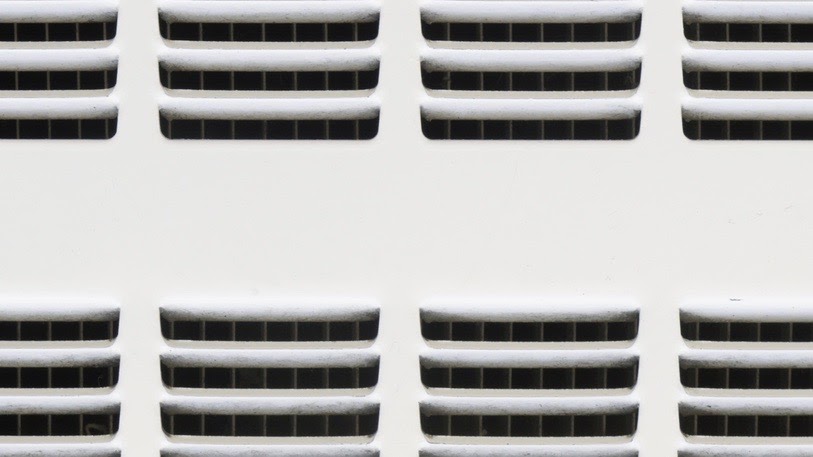
There are a lot of myths and misconceptions about indoor air quality (IAQ), so many that even the most experienced of building operators and HVAC technicians may find themselves scratching their heads. This is why, when it comes down to it, the only way to know what indoor air quality control is supposed to look like is to consult with the source.
The Occupational Safety and Health Administration (OSHA) should be the first place you go to whenever you’re uncertain about a claim about indoor air quality and management. Here are some of the most common indoor air quality control misconceptions and the truths behind them.
Office Temperature and Humidity
Despite what many have heard, the OSHA air quality standards don’t actually have any requirements about an office space’s temperature and humidity. Instead, they provide “engineering and administrative guidance to prevent or alleviate indoor air quality problems.” These recommendations are intended to help building managers and operators provide the best environment for their occupants.
As recommended by OSHA, the ideal temperature for an office setting is 68-76° F. The ideal humidity levels, meanwhile, sit in the range of 20-60%.
HVAC and Indoor Air Filtration System Maintenance
If your building’s HVAC systems are not well-maintained, you will run the risk of allowing outside pollutants to get trapped inside. And with the American College of Allergy, Asthma & Immunology citing poor indoor air quality control as causing or exacerbating respiratory illnesses, you must ensure that your facility has the highest possible IAQ.
Maintaining consistent indoor air quality control means familiarizing yourself with some of the common HVAC maintenance myths that have, unfortunately, infiltrated the industry. As outlined by HVAC.com, these myths include things like:
- You only have to change an HVAC filter once a year.
- The bigger your HVAC system is, the easier it will be to improve indoor air quality.
- HVAC systems only need repairs when something goes wrong or stops working.
- It’s easy to find leaks and discrepancies in HVAC and air filtration systems.
All of these statements are false. Proper indoor air quality control involves replacing HVAC filters every 30 days, implementing air quality systems optimized for the type of space they’ll be working in, and, quite simply, trusting a professional to advise on the best equipment maintenance plans.
OSHA recommends that operators and managers take preventative action by maintaining their HVAC systems in the following ways:
- Check damper positions, functioning belts, baffles, ductworks, and system balance.
- Measure internal airflow and adjust as necessary.
- Regularly replace filters on air handling units.
- Clean the ducts and dampers of your air distribution systems.
- Replace damaged insulation (as identified by a technician).
Does OSHA Have Any Requirements for Indoor Air Quality Control?
The simple answer to this question is no. OSHA itself says it “does not have a general IAQ standard, but does provide guidelines addressing the most common workplace complaints about IAQ, which are typically related to temperature, humidity, lack of outside air ventilation, or smoking.”
While there may not be strict OSHA requirements for indoor air quality control, that doesn’t mean the recommendations the administration offers aren’t worth following. Quite the opposite, in fact.
If you have questions about how you can improve indoor air quality and control or want to see firsthand how a remote building management software can streamline the way you maintain your building’s air quality, get in touch with ODIN! We would love to show you how our BACnet-certified app can help you meet and exceed the OSHA air quality standards.







